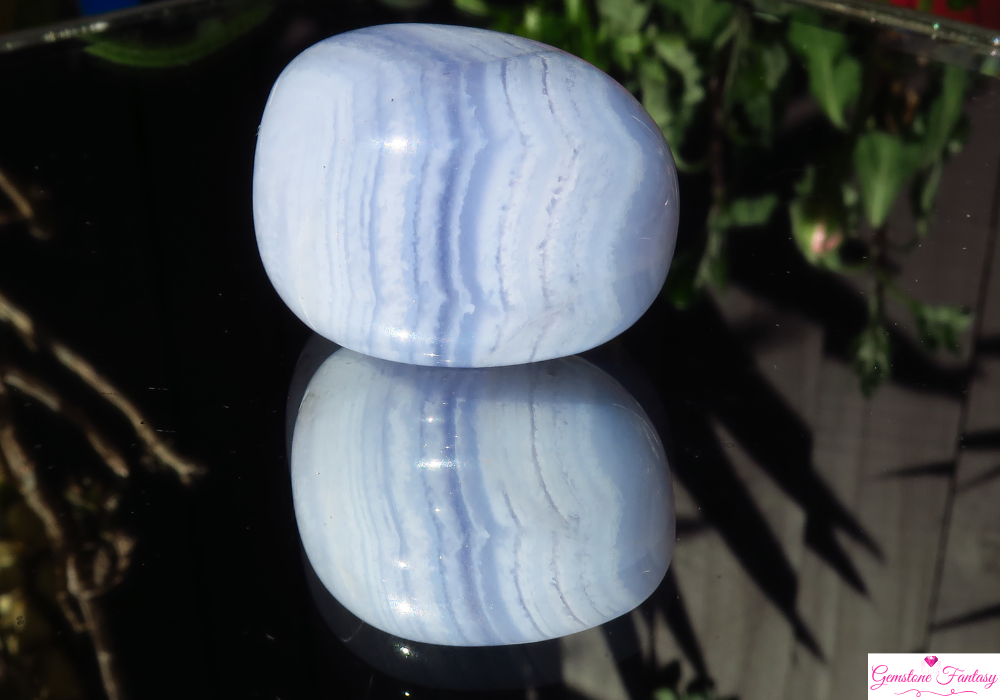Alexandrite is a captivating gemstone known for its unique color-changing properties, making it one of the most sought-after and valuable gemstones in the world. Often referred to as the “emerald by day, ruby by night,” alexandrite exhibits a remarkable ability to change color depending on the lighting conditions. This fascinating characteristic, along with its rarity, has made alexandrite a symbol of luxury and elegance.
Geological Formation
The formation of alexandrite is a complex process that occurs under specific geological conditions.
- Composition: Alexandrite is a variety of the mineral chrysoberyl, composed of beryllium aluminum oxide (BeAl2O4). Its unique color-changing ability is primarily due to the presence of chromium.
- Formation Process: This gemstone forms in metamorphic rocks under high temperatures and pressures. The presence of chromium during its formation is crucial for developing its color-changing properties.
- Locations: The most notable sources of alexandrite are found in Russia, particularly the Ural Mountains. Other significant deposits can be found in Brazil, Sri Lanka, and East Africa.
Varieties and Classifications
Alexandrite can be categorized based on its color, origin, and other characteristics.
- Color Variations: Alexandrite is most famous for its color-changing ability. Under daylight, it typically appears green or bluish-green, while under incandescent light, it transforms into a reddish-purple or purplish-red.
- Color Quality: The quality of alexandrite is often graded based on its color change, clarity, and overall appearance. The most valuable stones exhibit a strong, distinct color change and minimal inclusions.
- Natural vs. Synthetic: While natural alexandrite is rare, synthetic varieties have been created in laboratories. These synthetic stones may mimic the color change but typically lack the depth and quality of natural gems.
Cultural Significance and Folklore
Alexandrite holds significant cultural and symbolic meanings across various cultures.
- Historical Use: First discovered in the early 19th century in Russia, alexandrite was named after Tsar Alexander II. It quickly became a favorite among royalty and aristocrats, symbolizing wealth and power.
- Symbolism: Alexandrite is often associated with balance, transformation, and self-discovery. It is believed to enhance intuition and emotional balance, making it a popular choice among metaphysical practitioners.
- Folklore: Many legends attribute mystical properties to alexandrite, suggesting it brings good luck and prosperity to its wearer.
Birthstone and Zodiac Connections
Alexandrite is the birthstone for the month of June and has connections with specific zodiac signs.
- Birthstone: As the birthstone for June, alexandrite symbolizes growth, renewal, and protection. It is often given as a gift for those born in this month.
- Zodiac Sign: Alexandrite is associated with the zodiac sign Gemini (May 21 – June 20), representing adaptability and duality, which aligns with its color-changing properties.
Healing and Metaphysical Properties
Many enthusiasts believe alexandrite possesses unique healing and metaphysical properties.
- Emotional Healing: Alexandrite is thought to promote emotional balance and alleviate stress. It is believed to enhance self-esteem and encourage personal growth.
- Spiritual Growth: It is often used in meditation practices to deepen spiritual insight and encourage introspection. Many practitioners use alexandrite to enhance their intuitive abilities.
- Physical Healing: Some holistic practitioners associate alexandrite with physical healing, particularly in relation to the heart and circulatory system.
Popular Uses in Jewelry and Design
Due to its stunning appearance and rarity, alexandrite is highly prized in the jewelry industry.
- Jewelry: Alexandrite is commonly used in rings, earrings, and pendants. Its unique color-changing ability makes it a striking choice for statement pieces.
- Collector’s Items: Due to its rarity and unique properties, natural alexandrite is highly sought after by collectors and can command high prices in the market.
- Fashion Trends: The popularity of alexandrite has grown in recent years, with many designers incorporating it into contemporary jewelry designs that highlight its distinctive color-changing qualities.
How to Identify Authentic Alexandrite
Identifying genuine alexandrite involves assessing several key characteristics.
- Color Change: Authentic alexandrite exhibits a noticeable color change depending on the light source. It should shift from greenish to reddish hues under different lighting conditions.
- Clarity and Inclusions: Natural alexandrite typically contains inclusions that can be examined under magnification. The presence of unique inclusions can help identify genuine stones.
- Certification: Always seek gemstones accompanied by a certification from reputable gemological laboratories to ensure authenticity and quality.
Tips for Caring and Storing
Proper care and storage are essential to maintain the beauty and value of alexandrite.
- Cleaning: Clean alexandrite with mild soap and water using a soft brush. Avoid harsh chemicals and ultrasonic cleaners, as they can damage the stone.
- Storage: Store alexandrite separately from other gemstones to prevent scratches. Use a soft pouch or a lined jewelry box to protect it from damage.
- Handling: Handle alexandrite with care, as its value can be affected by chips or scratches.
Market Trends and Pricing
The market for alexandrite is influenced by various factors, including rarity, demand, and economic conditions.
- Pricing: The price of alexandrite can vary significantly based on color quality, size, and clarity. Exceptional stones with strong color change and minimal inclusions can command premium prices.
- Market Trends: The demand for alexandrite has been stable, particularly among collectors and luxury buyers. Auctions featuring high-quality specimens often attract significant attention.
Final Thoughts
Alexandrite is a truly remarkable gemstone, celebrated for its unique color-changing properties and rich history. Its rarity and symbolic meanings make it a cherished choice for both collectors and jewelry enthusiasts. Whether appreciated for its aesthetic beauty or its metaphysical significance, alexandrite continues to captivate hearts and minds, embodying transformation and elegance.

















